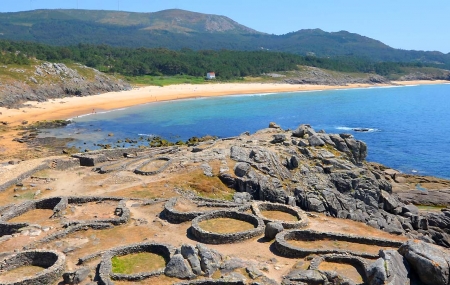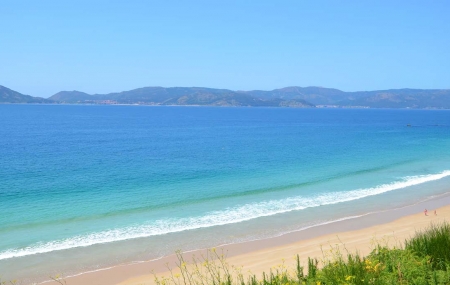The Death Coast: Galicia`s shipwrecked land
The treacherous reputation of the Death Coast, which stems from a tragic shipwrecked past (hence its name) is albeit somewhat disorienting given it is a fantastic place to visit with plenty of space for peace and contemplation surrounded by wild beauty.
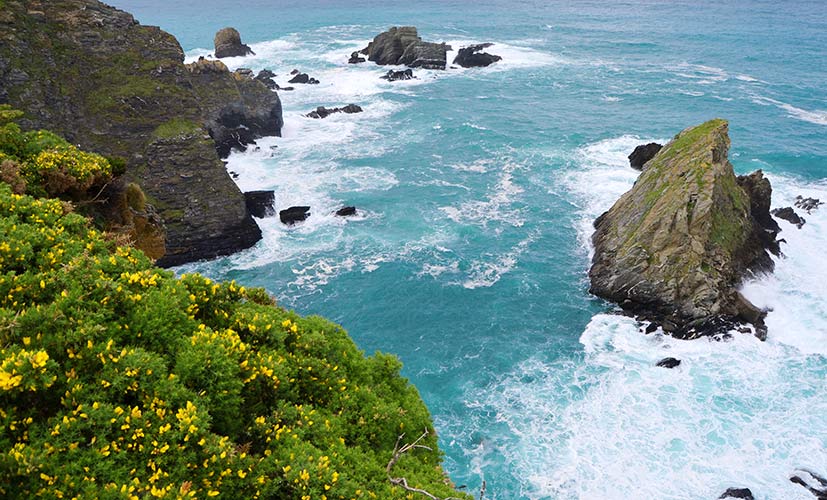
From Finisterre, known in the old days as The World´s End, to the surfer’s paradise of Caion with its wild sandy beaches, this complex stretch known as the Coast of Death is simply amazing; an exciting off-the-beaten-track holiday destination.
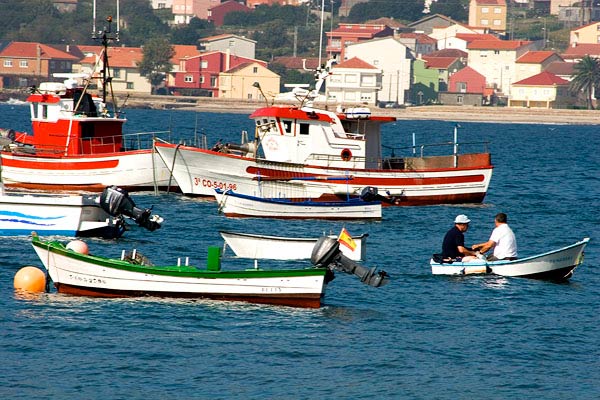
Being relatively remote and away from easy access by major roads, Costa da Morte remains away from the crowds; this cragged area is attractive, virgin yet still practically untouched by tourism.
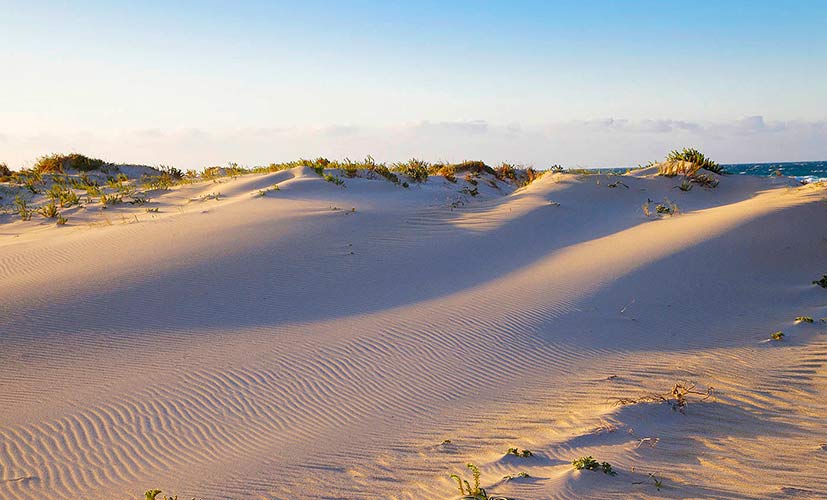
But you will find much more than just a dramatic coastline here - seafood lovers behold! For awaiting are unpretentious restaurants where to taste what´s internationally known as some of the best seafood in the world. Don´t miss trying the highly sought-after gooseneck barnacles and, of course, some traditional Galician octopus.
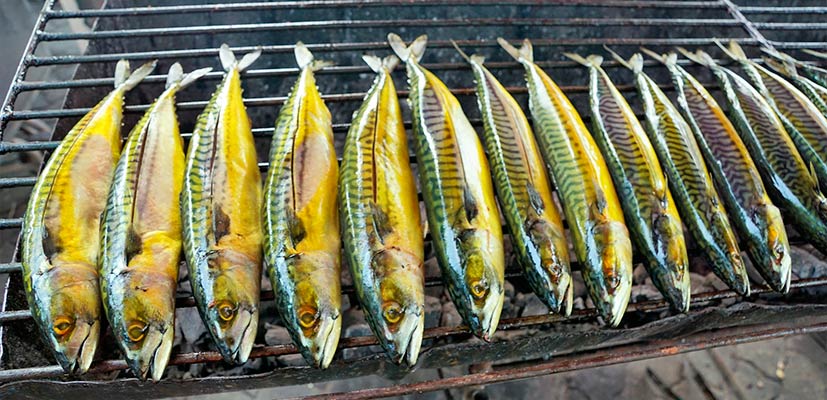
Walking along immaculate sandy dunes and virgin beaches, admiring the beauty of estuaries meeting the ocean, visiting fishing villages and historical towns, being transported in time at the site of archeological remains, watching birds arrive all the way from North America, visiting some interesting museums...and just being carried away by stories of shipwrecks, witches and hermitages… all of this will make your time here a special one (convinced yet?).
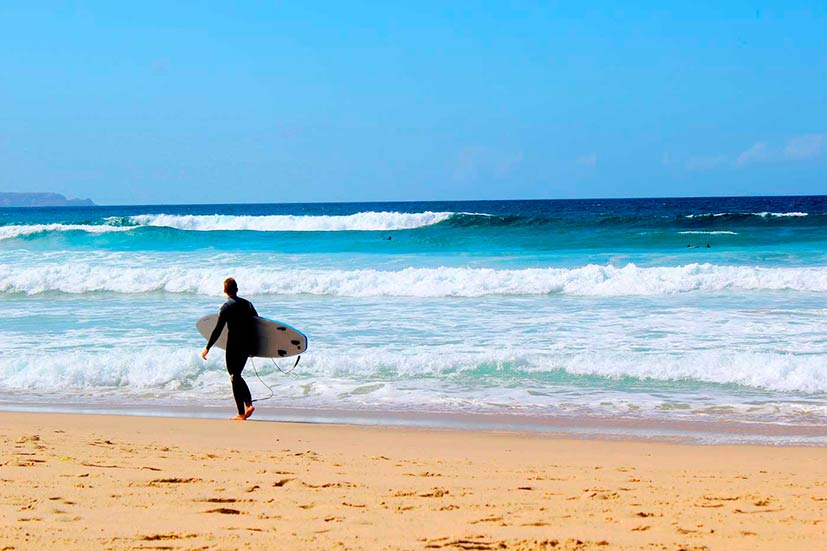
Walking among cliffs and beaches
Ample areas of this coastline are protected for the value of its wild nature.
For a unique ocean-trekking experience, the Ruta de los Naufragios (the Shipwreck Itinerary) is a 3 day walking route along the coast using single paths as well as dirt tracks all the way from the village of Camariñas to the lighthouse at Laxe (Lage). This extensive, unique trekking experience will surely not leave any keen walker indifferent.
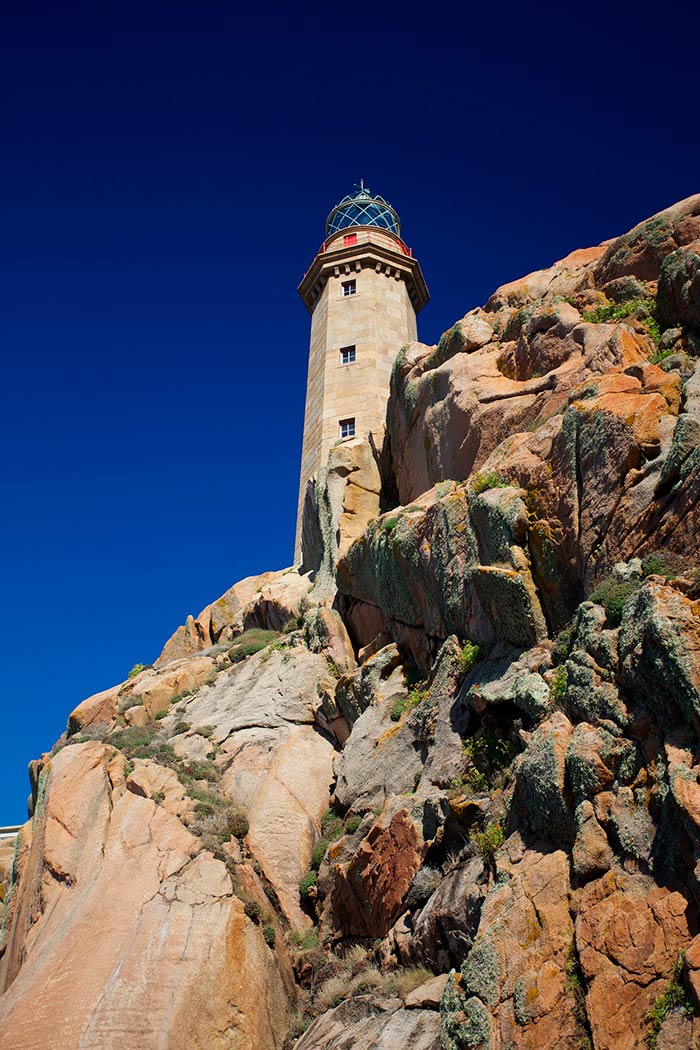
But what´s even more exciting is that nowadays, thanks to an association of keen walkers and mountaineers, almost the entire 200km coast from Finisterra to Malpica is signposted and referred to as O Camiño dos Faros (Galician for The Lighthouses Pathway), which means that, no matter where you are in the Costa da Morte, you should easily find your way towards this pathway.
The access to these walks is easy and the terrain is relatively gentle and undemanding.
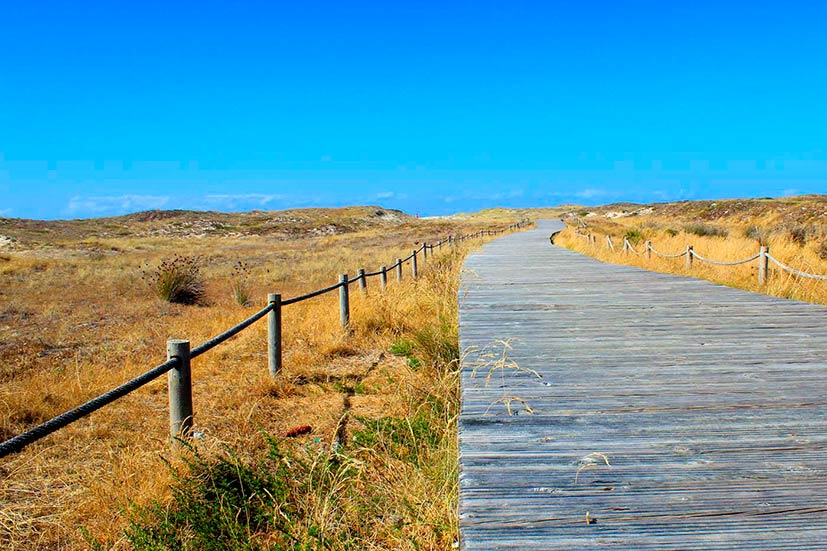
Cementerio de los Ingleses
A long list of shipwrecks has been registered in the past along this coast, but probably the most popular one occurred against the Punta de Boi in the 19th century.
The night of November 10th, 1890, amid terrible weather conditions, an English battleship called Serpent run aground at Boi´s cape near Camariña village.
Locals quickly arrived only to find 3 survivors and 175 dead bodies washed ashore on the Playa do Trece beach.This is now their place of rest and where you will find this curious cemetery.
As a sign of gratitude to the locals for their help provided after the shipwreck, the English army sent several gifts including a rifle for the parish priest and a barometer for the town hall.
Although one of the walks mentioned above passes through this cemetery, an alternative is to reach it by car via a dirt track from Camariña to Camelle. This dirt road takes you for a drive along the coast, a wonderful experience in itself, although you can also enjoy it by foot as some parts offer a walking path alongside.
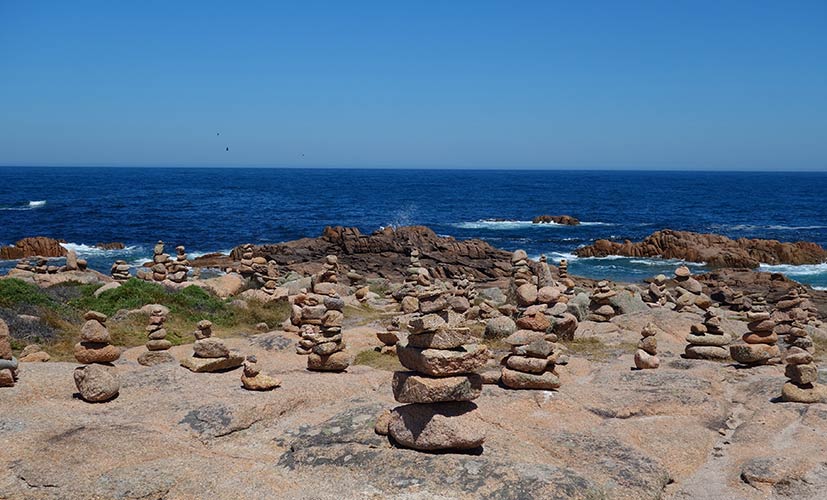
As the dirt track approaches the cemetary, you will find signs that point to its direction. Here are the specific map coordinates: 43°11'06.7"N 9°10'15.2"W.
Endless wild sandy beaches
Whether you have a preference for long extended beaches with the finest sand or are more fond of natural hidden coves, you will be spoilt with choice along the whole Death Coast.
We made a list of the ones we liked the most:
Playa O Ezaro (in Dumbria) – right at the end and on the edge of the Death Coast so worth considering if you are at the southern end of Costa da Morte. A beautiful, large white-sandy beach with views of Cape Finisterre and Fisterra and of the mythical Mount Pindo.
Coordinates: 42°54'39.2"N 9°07'58.0"W
Playa O Rostro (in Fisterra) - good for surfing. Long and not busy. Nudism is optional.
Coordinates: 42°58'04.8"N 9°15'51.0"W
Playa Langosteira (in Fisterra) -very big and lovely in a pine forest area. It has a promenade along the sea all the way to Fisterra.
Coordinates: 42°55'23.3"N 9°15'34.3"W
Playa Razo (Razo) - very good access. In peak summer season it might be busy as it is a very popular spot for surfers.
Coordinates: 43°17'26.2"N 8°42'22.7"W
Playa Pedra do Sal (nr Razo). Located very close to Razo beach, in a protected area which is not normally very busy.
Coordinates: 43°18'07.0"N 8°39'52.1"W
Playa de Soesto (Laxe) – fine white sand open to the sea, windy and with a lot of waves, also popular for surfers.
Coordinates: 43°12'53.4"N 9°01'15.9"W
You can also walk from Playa de Soesto towards Playa do Traba, a wide beach with a dune complex that separates it from a lagoon of great ecological value.
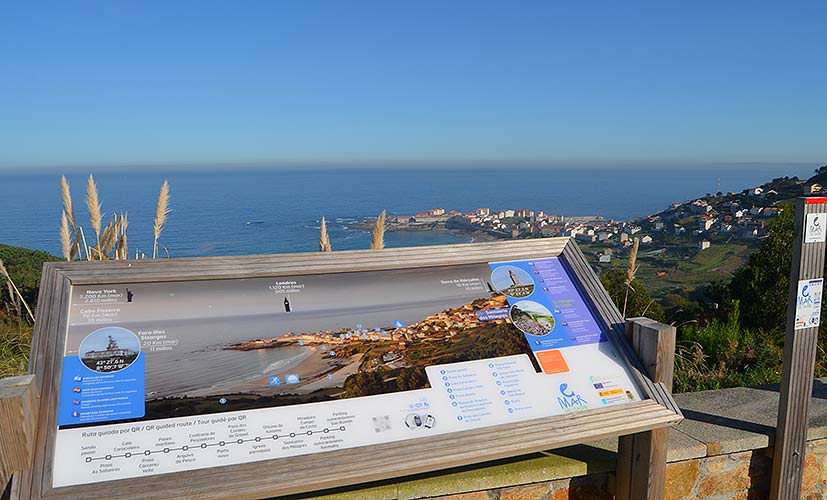
Finisterre: The Worlds´ End, the initial point of the Costa da Morte
For the feeling of wind blowing against your face, there's no place like Finisterre, where ancient civilizations believed that the world ended. A spit of land dwindles here to the loneliest lighthouse on this infamous Costa.
Finisterre and its lighthouse at the "end of the world" represent the destination of both traveler and pilgrim, for whom it is the very last stretch and the culmination of the Camino de Santiago after reaching Santiago de Compostela.
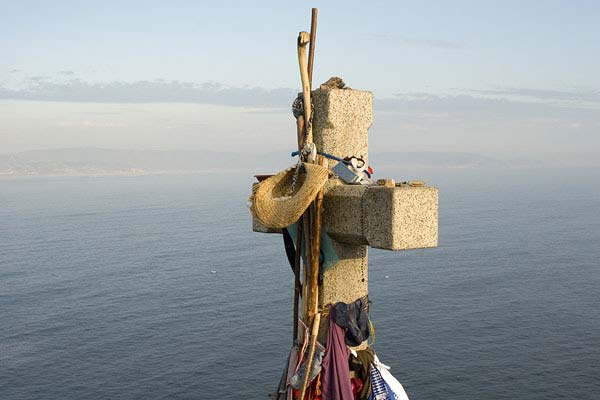
Betanzos town
In you are visiting the Death Coast and feel like a little more than just fishing villages, the obvious, albeit not less worthwhile, choices are to pay a visit the historical cities of Coruña or Santiago de Compostela.
However, we suggest going for a more off-the-beaten-track option: Betanzos.
This beautifully preserved, small, characterful town near A Coruña and inland from the Death Coast has plenty going for it. Medieval districts, large gothic churches, town gates, festivals, the estuarial river that runs alongside… all combine into a genuine undiluted version of Galicia.
And as a plus, it holds a reputation for preparing the best tortilla de patatas (Spanish omelettes) in Spain!
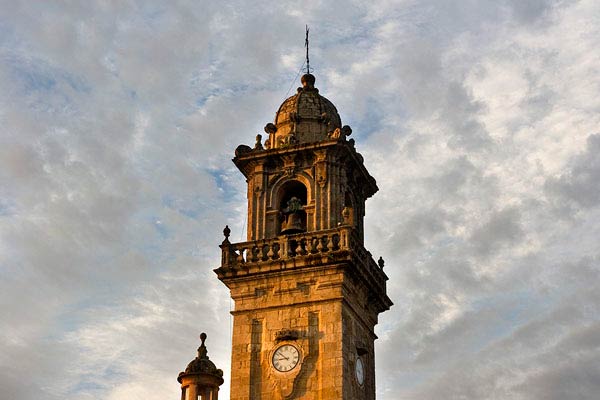
How to get to Costa da Morte
A car is essential to fully explore and get the most out of the area of Costa da Morte.
There are no major motorways or roads and the distances on the map may seem short but the drives actually take longer than you expect.
Some areas exposed to the wind are inhospitable so there are extensive unpopulated areas that are only reachable by small, modest roads.
The best gateway to the Death Coast is Coruña Airport where you can fly directly to and from London.
Once at the airport, it takes about 30min to enter the northern side of this stretch of coast.
The other option is to fly to Santiago de Compostela, from where a 1hr 30 min driving journey starts towards Finisterre.
If you plan to come by ferry, the nearest ferry port is Santander, which is 4hr and 30min away from the northern part of the Death Coast.



